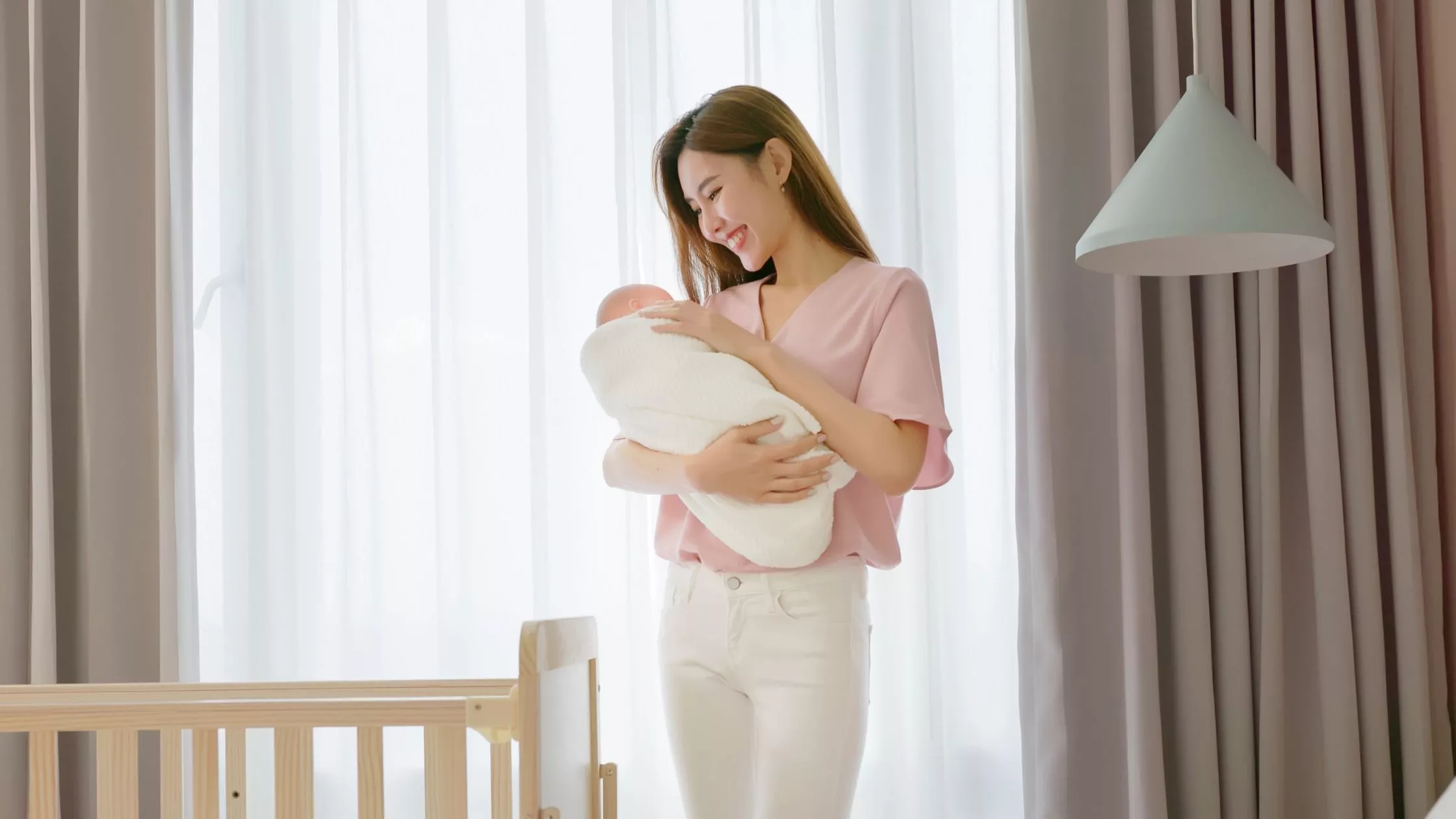When it comes to caring for your baby, providing a clean and healthy environment is one of the most important aspects of ensuring their well-being. Babies, especially during their early years, are more vulnerable to environmental factors such as dust, allergens, and germs, which can affect their developing immune systems. A dirty home may unknowingly expose them to harmful substances, so it’s crucial to prioritize cleanliness and regular deep cleaning.
While everyday cleaning routines can address surface-level messes, deep cleaning your home ensures that areas often overlooked are sanitized and safe for your baby. This article will guide you through the importance of deep cleaning for baby safety, how often it should be done, and the key areas to focus on for the best results.
Why Deep Cleaning Is Essential for Baby’s Health
A baby’s immune system is still developing, which means they are particularly susceptible to illnesses caused by germs, bacteria, dust, and allergens. Their skin is also more sensitive and can react more strongly to chemicals, mold, and even pet dander. Deep cleaning your home regularly helps to eliminate hidden threats that might not be visible to the naked eye. Keeping your baby’s environment sanitized is one of the most effective ways to protect them from potential health risks, including respiratory issues, allergies, and infections.
Key Areas to Focus on During Deep Cleaning
The Baby’s Nursery and Sleeping Area
Your baby spends a significant amount of time in their nursery, whether sleeping, playing, or crawling. As such, it’s critical to maintain a safe, allergen-free space. Start by cleaning all soft surfaces, such as the crib mattress, changing table, and curtains. Wash bedding and blankets regularly with a baby-friendly detergent. Remember to vacuum carpets and rugs, as they often trap dust mites and other allergens.
Floors and Carpets
Floors are a primary area where dust, dirt, and allergens accumulate. Babies love to explore their environment by crawling and reaching the floor, which means they can easily come into contact with harmful particles. Regularly vacuuming is essential, but deep cleaning the floors—especially carpets—is crucial for removing embedded dust, dirt, and other harmful particles. Consider using a vacuum with a HEPA filter to ensure the smallest particles are captured.
If you have hard floors like tile or hardwood, mop them regularly using an environmentally friendly, non-toxic cleaner that’s safe for babies.
Toys and Play Areas
Toys are an essential part of your baby’s daily routine, and they are often put into their mouth, increasing the risk of germs and bacteria. To prevent your baby from being exposed to harmful substances, clean all toys regularly. Plastic toys can be disinfected with wipes or washed with warm water and baby-safe soap. Soft toys or stuffed animals should be washed according to the manufacturer’s instructions. Additionally, sanitize play mats and other play areas to ensure they remain germ-free.
Air Quality and Ventilation
Poor indoor air quality can significantly impact your baby’s respiratory health. Baby lungs are more vulnerable to airborne pollutants, such as dust, pet dander, and mold spores. To improve air quality, consider using an air purifier with a HEPA filter in rooms where your baby spends the most time. Regularly clean air vents, filters, and ducts to prevent the buildup of allergens. Ensure that your home is well-ventilated to allow fresh air circulation and reduce indoor pollutants.
Kitchen and Food Preparation Areas
Since babies are at a higher risk of ingesting harmful bacteria, keeping your kitchen and food preparation areas sanitized is essential. Clean all countertops, high chairs, and baby feeding utensils after every use. Deep clean the fridge and remove any expired or old food that may harbor bacteria. This also includes sanitizing bottle warmers and breast pump accessories, as these items are often used in close proximity to your baby’s feeding routine.
Bathroom and Changing Areas
Your baby’s bath and changing areas need to be deep cleaned regularly to ensure they remain free from bacteria and germs. Wipe down the surfaces in the bathroom, such as the tub, changing table, and toilet, using a gentle disinfectant. Ensure that the bathroom is kept dry to prevent mold growth, especially in areas like the shower or behind the toilet.
How Often Should You Deep Clean?
While regular cleaning should be part of your daily routine, deep cleaning your home for your baby’s safety is something that should be done periodically. The frequency of deep cleaning can depend on several factors such as the size of your home, the presence of pets, and the season (as dust and allergens may increase during certain times of the year).
A good rule of thumb is to do a thorough deep cleaning every 4-6 weeks. However, certain areas of your home, such as your baby’s nursery, may need more frequent attention, especially when your baby is crawling or starting to explore.
Providing a clean and healthy environment is a fundamental part of keeping your baby safe and ensuring their well-being. By focusing on key areas such as the nursery, floors, toys, air quality, and food preparation spaces, you can significantly reduce the risk of allergens, bacteria, and other harmful substances. Regular deep cleaning not only ensures that your baby’s environment is free from potential hazards but also provides peace of mind knowing that you’re actively protecting their health.
Remember that deep cleaning doesn’t have to be overwhelming. By staying on top of regular cleaning tasks and focusing on a few key areas each month, you can maintain a safe and hygienic environment for your baby to thrive in.

